Common Indoor Plants: 15 You’ll Love Growing
Common indoor plants are easy-to-grow, low-maintenance houseplants that thrive in typical home environments with minimal effort. Whether you’re a seasoned plant lover or just getting started, these plants are popular for a reason—they’re beautiful, adaptable, and surprisingly forgiving.
From air-purifying champions to stylish leafy accents, common indoor plants can transform your space while asking for little in return. In this guide, you’ll discover 15 of the most loved varieties, along with practical tips to help them flourish.
Ready to find your perfect plant match? Let’s explore the green companions that truly belong in every home.
Table of Contents
Table of Contents
Why Choose Common Indoor Plants?

Common indoor plants are popular houseplants known for their adaptability, ease of care, and ability to enhance indoor spaces. They improve air quality, reduce stress, and bring a touch of nature indoors, making them ideal for homes, apartments, and offices alike.
Benefits of Indoor Plants for Your Space
Adding greenery to your home is more than just an aesthetic choice. Common indoor plants offer a wide range of benefits that positively impact your physical space, mental well-being, and even productivity. Whether you live in a small studio or a spacious home, these plants adapt easily and provide lasting value.
Unlike exotic or high-maintenance species, common houseplants like snake plants, pothos, and spider plants are reliable performers. They can thrive in moderate light, require minimal watering, and often tolerate neglect, making them perfect for busy lifestyles or beginners unsure where to start.
✅ Top Benefits of Indoor Plants
- Cleaner air: Many common plants filter pollutants and increase oxygen levels.
- Stress relief: Greenery is known to lower anxiety and boost mood.
- Better focus: Plants can improve attention and cognitive function, especially in workspaces.
- Natural decor: Houseplants add texture, color, and life to any room.
- Humidity regulation: They help maintain indoor moisture levels.
- Noise buffering: Leaves can slightly absorb sound, softening ambient noise.
💡 Pro Tip: Position leafy plants near windows or workspaces to enhance light and energy balance in your room.
What Makes a Plant “Common”?
So, what exactly defines a plant as “common” in the world of houseplants?
Common indoor plants are typically those that thrive easily in average home conditions without specialized care. They’re widely available in nurseries and garden centers, and most importantly, they’re forgiving—even if you forget a watering or two.
These plants tend to share a few core qualities:
Trait | Why It Matters |
|---|---|
Adaptable to Light | Tolerates low to medium indoor lighting |
Low Water Needs | Doesn’t require frequent or precise watering |
Pest Resistance | Less prone to pests or disease indoors |
Non-toxic Options | Available for pet-friendly households |
Readily Available | Sold at most home improvement stores or nurseries |
Some examples of these household staples include:
- Spider Plant (Chlorophytum comosum) – A hardy hanging plant great for pet owners.
- Pothos (Epipremnum aureum) – Fast-growing and tolerant of most conditions.
- Peace Lily (Spathiphyllum) – Adds beauty and purifies air effectively.
- Snake Plant (Sansevieria) – Virtually indestructible and modern-looking.
These common favorites have earned their reputation because they combine beauty with dependability. They’re beginner-friendly but still rewarding for more experienced plant parents who want low-maintenance options with high visual impact.
By choosing common indoor plants, you’re investing in greenery that complements your lifestyle, not one that conflicts with it. Whether you’re decorating a shelf, freshening up your office, or just trying to keep a plant alive for more than a week, these reliable varieties are an excellent place to start.
15 Common Indoor Plants You’ll Love
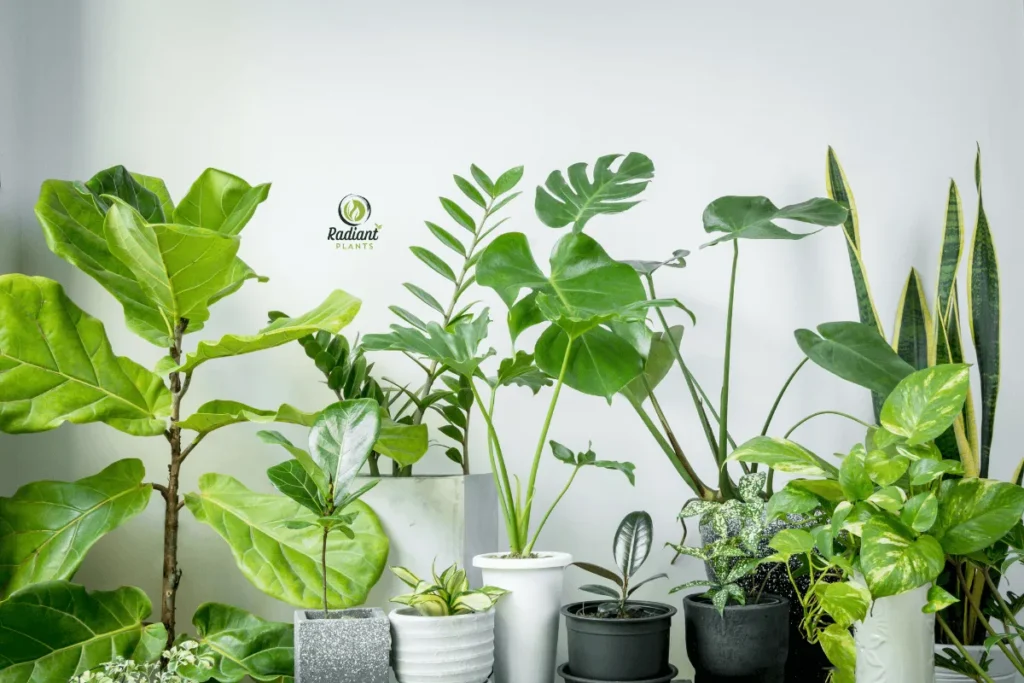
Common indoor plants are popular for good reason—they’re easy to grow, enhance your décor, and require minimal care. From low-light survivors to pet-safe picks and dramatic décor pieces, these 15 plants are ideal for homes, offices, and plant lovers of all experience levels.
🪴 Plant Comparison Table
Plant Name | Light Needs | Watering | Pet-Safe? | Difficulty |
|---|---|---|---|---|
Snake Plant | Low to bright light | Every 2–3 weeks | No | Very Easy |
ZZ Plant | Low to medium light | Every 2–3 weeks | No | Very Easy |
Pothos | Low to bright light | Weekly | No | Easy |
Areca Palm | Bright, indirect | Every 1–2 weeks | Yes | Moderate |
Spider Plant | Bright, indirect | Weekly | Yes | Easy |
Calathea | Low to medium light | Every 5–7 days | Yes | Moderate |
Peace Lily | Low to medium light | Weekly | No | Moderate |
Rubber Plant | Bright, indirect | Every 1–2 weeks | No | Easy |
Boston Fern | Bright, indirect | Keep moist | Yes | Moderate |
Chinese Evergreen | Low to medium light | Every 1–2 weeks | No | Very Easy |
Jade Plant | Bright, direct | Every 2–3 weeks | No | Easy |
Philodendron | Medium light | Weekly | No | Easy |
Fiddle Leaf Fig | Bright, filtered | Weekly | No | Moderate |
Monstera Deliciosa | Bright, indirect | Every 1–2 weeks | No | Moderate |
Low-Light Champions
Not every home has sun-drenched windows, and that’s okay. These common indoor plants are known for thriving in dim or indirect light, making them perfect for apartments, offices, and rooms with limited sun exposure.
- Snake Plant (Sansevieria): Known as “mother-in-law’s tongue,” this hardy plant stores water in its thick leaves and can go weeks without attention. It’s one of the best picks for dark corners.
- ZZ Plant (Zamioculcas zamiifolia): Nearly indestructible, the ZZ has glossy green leaves and survives well in shade or fluorescent lighting.
- Pothos (Epipremnum aureum): A cascading vine that grows in virtually any light, pothos is excellent for bookshelves and hanging baskets.
All three are low-maintenance and highly adaptable, making them ideal for new plant owners.
Pet-Friendly Favorites
For those living with curious cats or dogs, choosing common indoor plants that are safe is essential. Thankfully, several attractive options are non-toxic and still bring beauty indoors.
- Areca Palm: This lush, feathery plant adds height and tropical vibes to any room, all while being completely safe for pets.
- Spider Plant: With arching leaves and offshoot “babies,” this playful plant is a favorite among pets and humans alike.
- Calathea: Sometimes called the “prayer plant,” calatheas are loved for their colorful foliage and pet-safe status, though they do enjoy higher humidity.
These pet-safe varieties let you enjoy greenery without worry.
Best for Air Purification
Want to breathe easier? Many common indoor plants not only brighten your space but also help clean the air.
- Peace Lily: This elegant plant removes formaldehyde, benzene, and other toxins. It also alerts you when it’s thirsty by drooping slightly.
- Rubber Plant: With thick, glossy leaves, it absorbs airborne chemicals and increases oxygen in the room.
- Boston Fern: A bit more delicate, but excellent at humidifying dry indoor air and removing pollutants.
While plants alone won’t replace an air purifier, they’re a healthy and natural complement, especially in bedrooms or home offices.
Easiest for Beginners
If you’re new to plant care or tend to forget watering schedules, these forgiving plants are for you. These common indoor plants are popular because they thrive with very little effort.
- Chinese Evergreen: Tolerant of low light, infrequent watering, and temperature shifts, it’s practically made for beginners.
- Jade Plant: A succulent with thick, round leaves, jade thrives in sunny windows and barely needs watering.
- Philodendron: Fast-growing and happy in low to medium light, philodendrons are great trailing or climbing companions for shelves and corners.
With these plants, success comes easily—and so does confidence.
Most Decorative Picks
Looking for bold, Instagram-worthy foliage? These visually stunning common indoor plants bring serious personality to your space.
- Fiddle Leaf Fig: With dramatic, violin-shaped leaves, it’s a favorite for design-savvy homes. Requires some attention but delivers the wow factor.
- Monstera Deliciosa: Known for its dramatic split leaves and tropical vibe, monstera adds volume and flair wherever it’s placed.
They require slightly more care than others, but reward you with unmatched visual impact.
From effortless greens to showstopping statements, these 15 common indoor plants offer something for everyone. No matter your space, lighting, or lifestyle, there’s a perfect plant waiting to thrive in your home.
Top Favorite Common & Affordable Houseplants! | BEST COMMON INDOOR PLANTS!
How to Care for These Common Indoor Plants
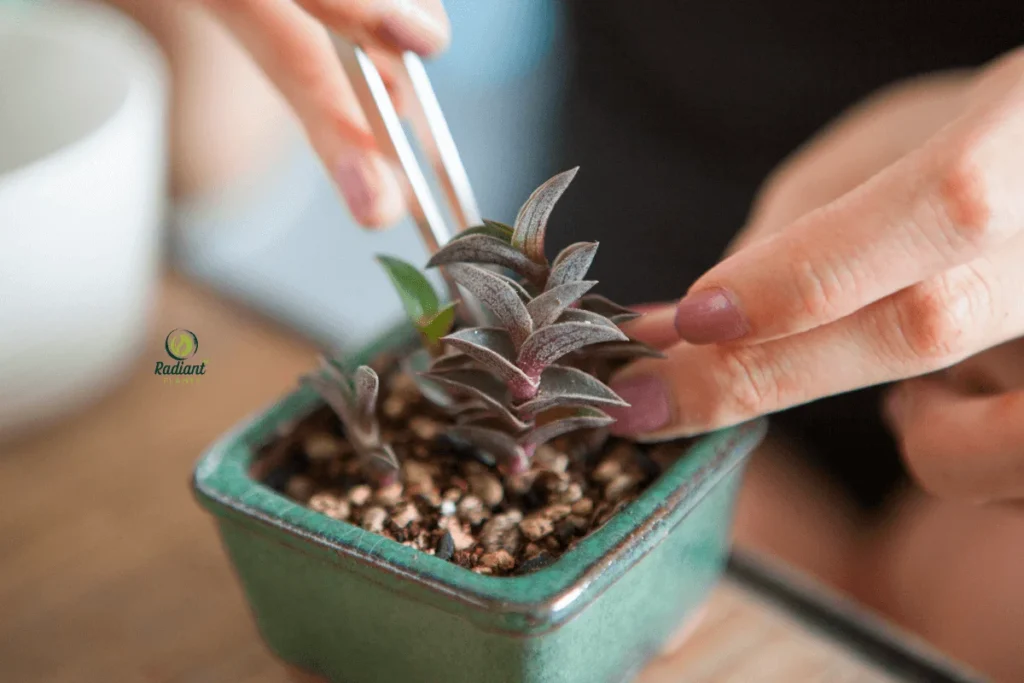
Caring for common indoor plants doesn’t need to be hard. With a basic understanding of watering, lighting, and seasonal shifts, you can keep your plants happy and thriving all year long, without the guesswork or stress.
General Watering & Lighting Tips
When it comes to indoor greenery, common indoor plants are known for their forgiving nature. Still, they appreciate consistent care, and most of their issues stem from improper watering or lighting.
Watering Guidelines:
- Check soil moisture first. Don’t water on a schedule—check if the top inch of soil feels dry.
- Avoid overwatering. It’s the #1 killer of indoor plants. Most prefer to dry slightly between waterings.
- Use room temperature water. Cold water can shock roots.
Lighting Guidelines:
- Match the plant to your light. Place low-light plants (e.g., ZZ Plant, Snake Plant) in dimmer areas, and light-lovers (e.g., Jade Plant, Fiddle Leaf Fig) near bright windows.
- Rotate your plants. They naturally grow toward light. Rotating ensures even growth.
- Clean leaves. Dust blocks sunlight—wipe leaves gently every few weeks.
💡 Bonus Tip: North-facing windows offer the least light, while south- or west-facing ones provide the most.
Seasonal Adjustments
Even low-maintenance houseplants react to the changing seasons. Adjusting your care slightly with each season will help them stay healthy and vibrant.
Season | What to Adjust |
|---|---|
Spring | Resume regular feeding; repot if needed |
Summer | Water more frequently; watch for pests |
Fall | Reduce watering as growth slows |
Winter | Avoid overwatering; provide extra humidity |
Lighting Drops in Winter:
Plants get less natural light during the winter months. Move light-loving varieties closer to windows or supplement with a grow light.
Humidity Tips:
Indoor heating can dry out the air. Mist your Boston Ferns, Calatheas, and Peace Lilies, or group plants together to create a humidity zone.
✅ Indoor Plant Care Essentials ✔️
Here’s a quick checklist you can follow weekly or monthly to keep your common indoor plants in top shape:
✅ Weekly
- Check soil moisture
- Rotate plants slightly
- Remove any dead leaves
✅ Bi-Weekly
- Wipe leaves with a damp cloth
- Check for pests under leaves and in the soil
- Mist humidity-loving plants
✅ Monthly
- Feed with a balanced liquid fertilizer (spring to early fall)
- Inspect pots for drainage issues
- Reassess lighting as seasons change
Caring for common indoor plants doesn’t require a green thumb—just a bit of awareness and routine. Once you understand their basic needs, these plants practically take care of themselves.
Common Mistakes to Avoid
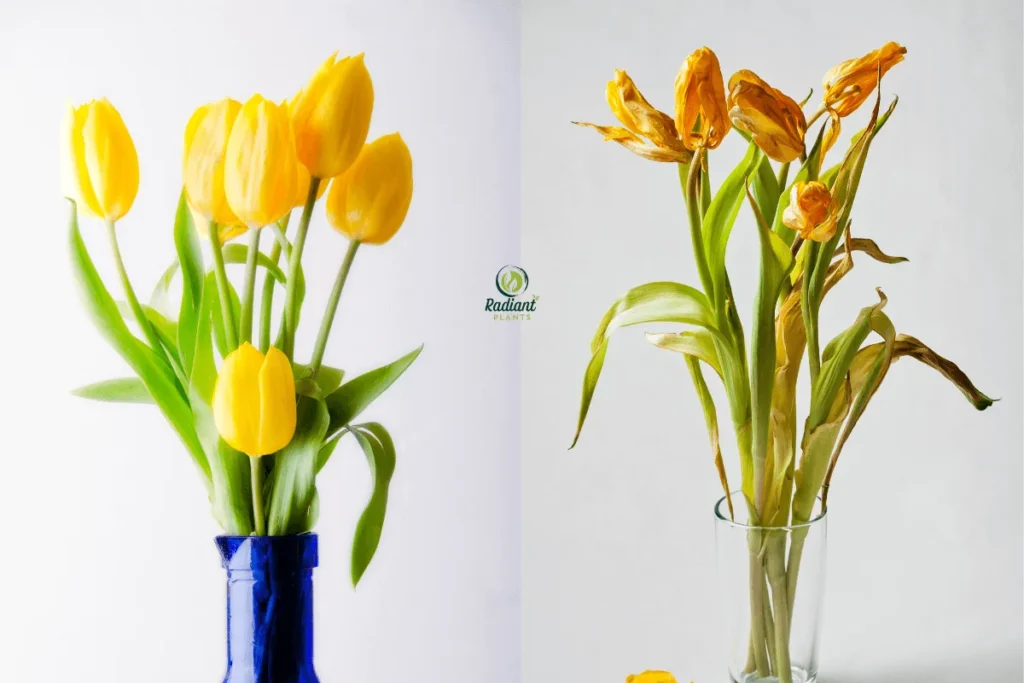
Even low-maintenance plants can struggle if their basic needs are overlooked. Many issues with common indoor plants stem from preventable mistakes like overwatering, poor lighting, and neglect. Knowing what not to do is just as important as good care.
Overwatering and Drainage
One of the biggest killers of common indoor plants is overwatering. Many popular varieties—like Snake Plants, ZZ Plants, and Pothos—prefer to dry out between waterings. Giving them more water than they need can lead to root rot, fungus gnats, and yellowing leaves.
Here’s how to avoid it:
- Always check the soil first. Use your finger to test if the top inch is dry.
- Use pots with drainage holes. Trapped water can suffocate roots.
- Avoid letting plants sit in saucers of water. Empty them after watering.
If you’re unsure, underwatering is usually less damaging than overwatering for most hardy houseplants.
Inconsistent Lighting
Lighting is another area where people unintentionally harm their plants. Even common indoor plants need stable light levels to thrive.
Common lighting mistakes include:
- Placing plants in windowless rooms. Most plants need at least some indirect sunlight.
- Not adjusting light exposure seasonally. As sunlight shifts, so should plant placement.
- Keeping light-loving plants too far from windows. For example, Jade Plants and Fiddle Leaf Figs need bright, direct light.
Tips to get it right:
- Rotate plants weekly for even light exposure.
- Use grow lights for darker spaces or during winter.
- Pay attention to each plant’s light preference—some love shade, others don’t.
✅ Top 5 Mistakes to Avoid with Common Indoor Plants
- Overwatering without checking the soil
- Leads to root rot and fungal growth.
- Ignoring drainage needs
- Decorative pots without holes can trap water.
- Placing all plants in the same light condition
- Each species has different lighting preferences.
- Neglecting seasonal adjustments
- Water and light needs change throughout the year.
- Skipping pest checks
- Pests like spider mites and mealybugs often go unnoticed until damage is done.
Being proactive can help you prevent most issues. When something seems off—drooping leaves, brown tips, or stalled growth—review the basics: light, water, drainage, and location.
Remember, common indoor plants are resilient, but they still need your attention to thrive. Avoiding these small missteps can make the difference between a struggling plant and one that flourishes.
FAQs About Common Indoor Plants
If you’re new to houseplants, it’s natural to have questions. These frequently asked questions about common indoor plants cover everything from pet safety and sunlight needs to watering schedules and air-purifying benefits so that you can grow with confidence.
What are the easiest common indoor plants to grow?
Low-maintenance favorites include Snake Plant, ZZ Plant, Pothos, Spider Plant, and Jade Plant. These resilient common indoor plants thrive in varied light and tolerate inconsistent watering—perfect for beginners.
Are common indoor plants safe for pets?
Not all are pet-friendly. Safe options include Spider Plant, Areca Palm, Calathea, and Boston Fern. Others like Snake Plant, Pothos, Peace Lily, Rubber Plant are toxic—check ASPCA before adding greenery.
Which common indoor plants don’t need much sunlight?
Try ZZ Plant, Snake Plant, Peace Lily, and Philodendron. These shade-tolerant common indoor plants thrive in low to medium light, ideal for rooms without direct sunshine.
How often should I water my houseplants?
Most common indoor plants prefer watering when the top 1–2 inches of soil dry out. In warm months, water weekly; reduce frequency in winter. Always check soil moisture before watering.
Do indoor plants clean the air?
Yes—NASA’s study shows plants like Peace Lily, Rubber Plant, Spider Plant, and Pothos filter toxins (formaldehyde, benzene). While helpful, real-world impact requires multiple plants per room.
What light levels do common indoor plants need?
Light needs vary: low (ZZ, Snake), medium (Pothos, Peace Lily), to bright indirect (Jade, Fiddle Leaf Fig). Place them accordingly—or use grow lights in dim areas.
How can I prevent pests on my indoor plants?
Regularly wipe leaves, inspect undersides, and quarantine new plants. Keep soil clean and avoid overwatering to prevent fungus gnats, spider mites, and mealybugs.
Do common indoor plants need repotting?
Yes, every 1–2 years when roots fill the pot or soil hardens. Spring is best. Choose a pot one size larger with fresh, well-draining soil.
Common indoor plants offer the perfect balance of beauty and simplicity, making them ideal for any home. From low-light champions like the ZZ Plant to air-purifiers like the Peace Lily, these plants are loved for their adaptability, low-maintenance needs, and calming presence. Whether you’re a beginner or simply want greenery that thrives with minimal effort, there’s a plant that fits your space and lifestyle.
Caring for them is easier than you might think—just a few basics like proper lighting, mindful watering, and seasonal adjustments go a long way. Avoid common pitfalls like overwatering or placing light-loving plants in dim corners, and you’ll be rewarded with vibrant, healthy foliage.
Looking to grow your green thumb?
🌿 Explore more care tips or 🌱 Browse our plant guides to keep your indoor garden happy and thriving.

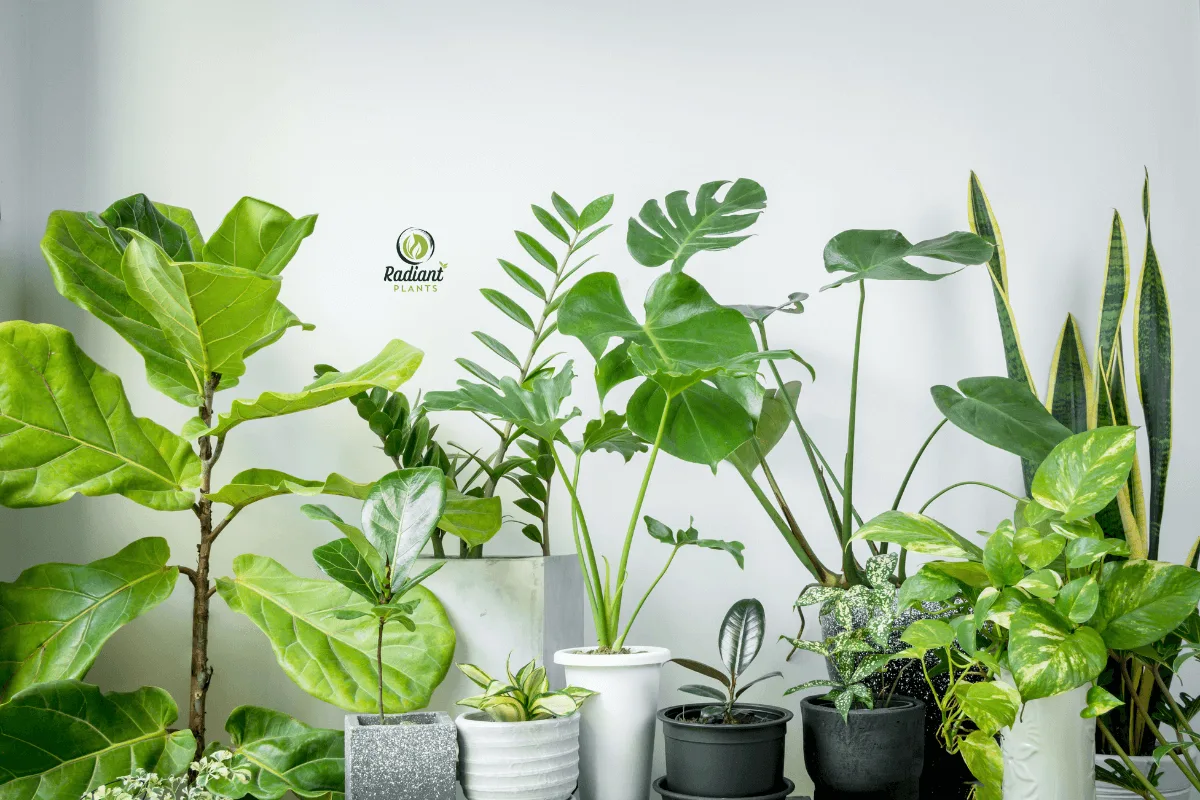
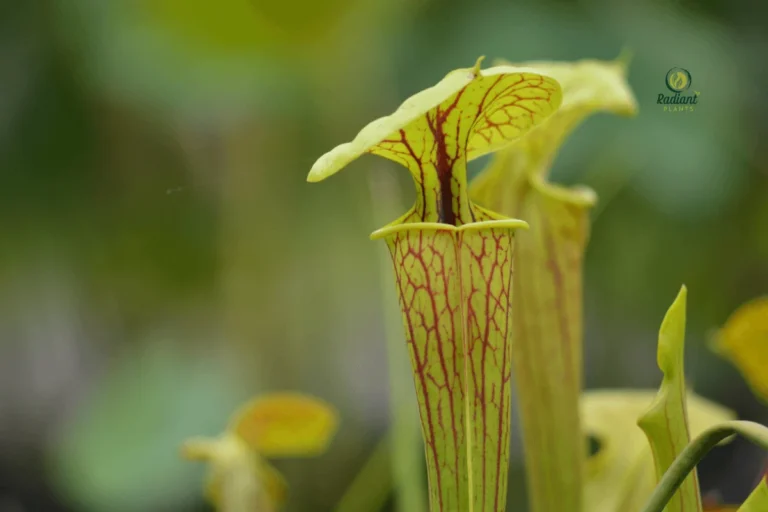
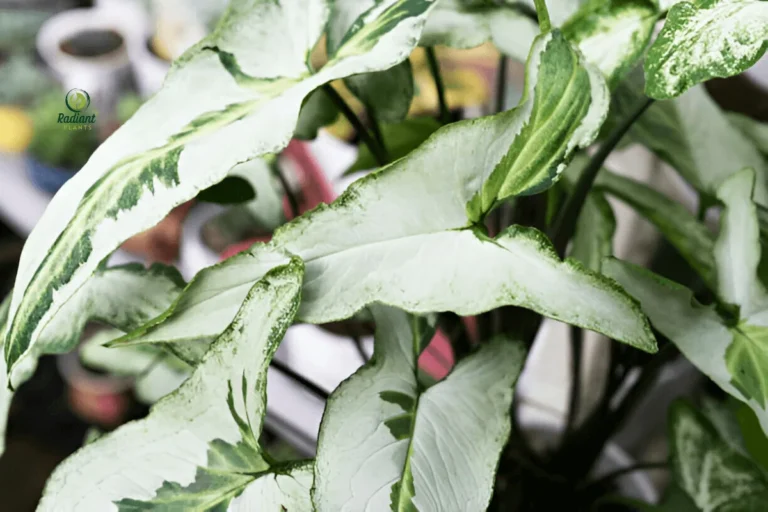
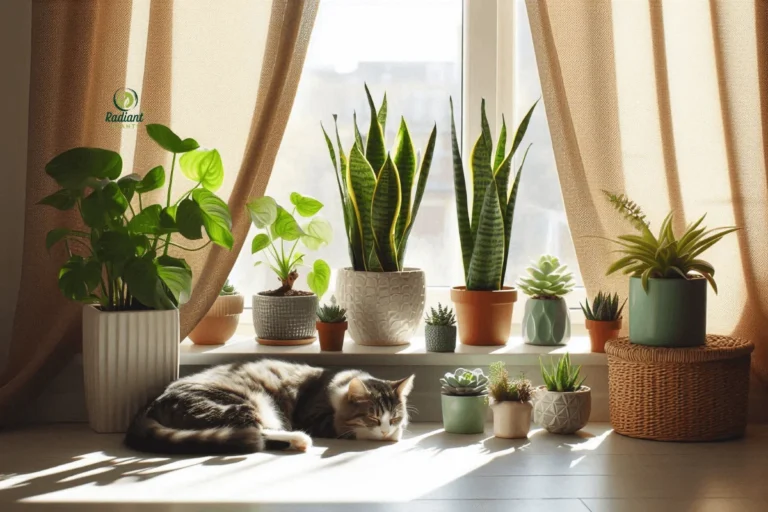
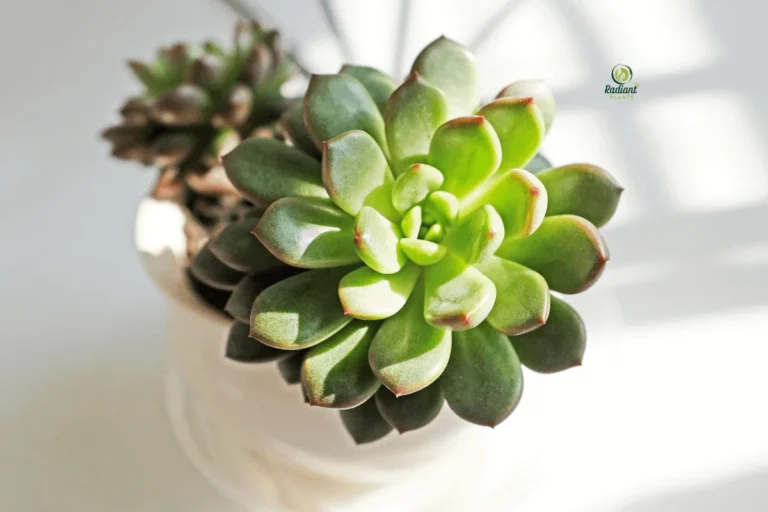
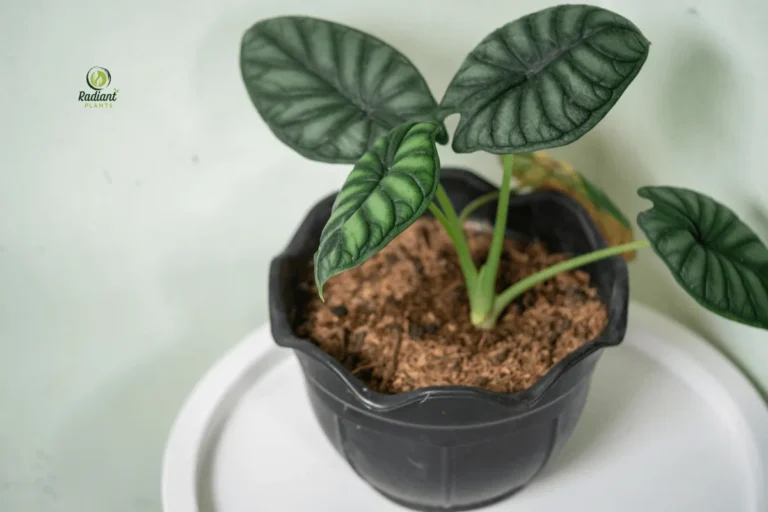

One Comment